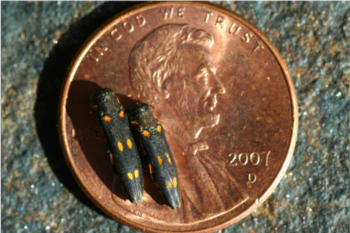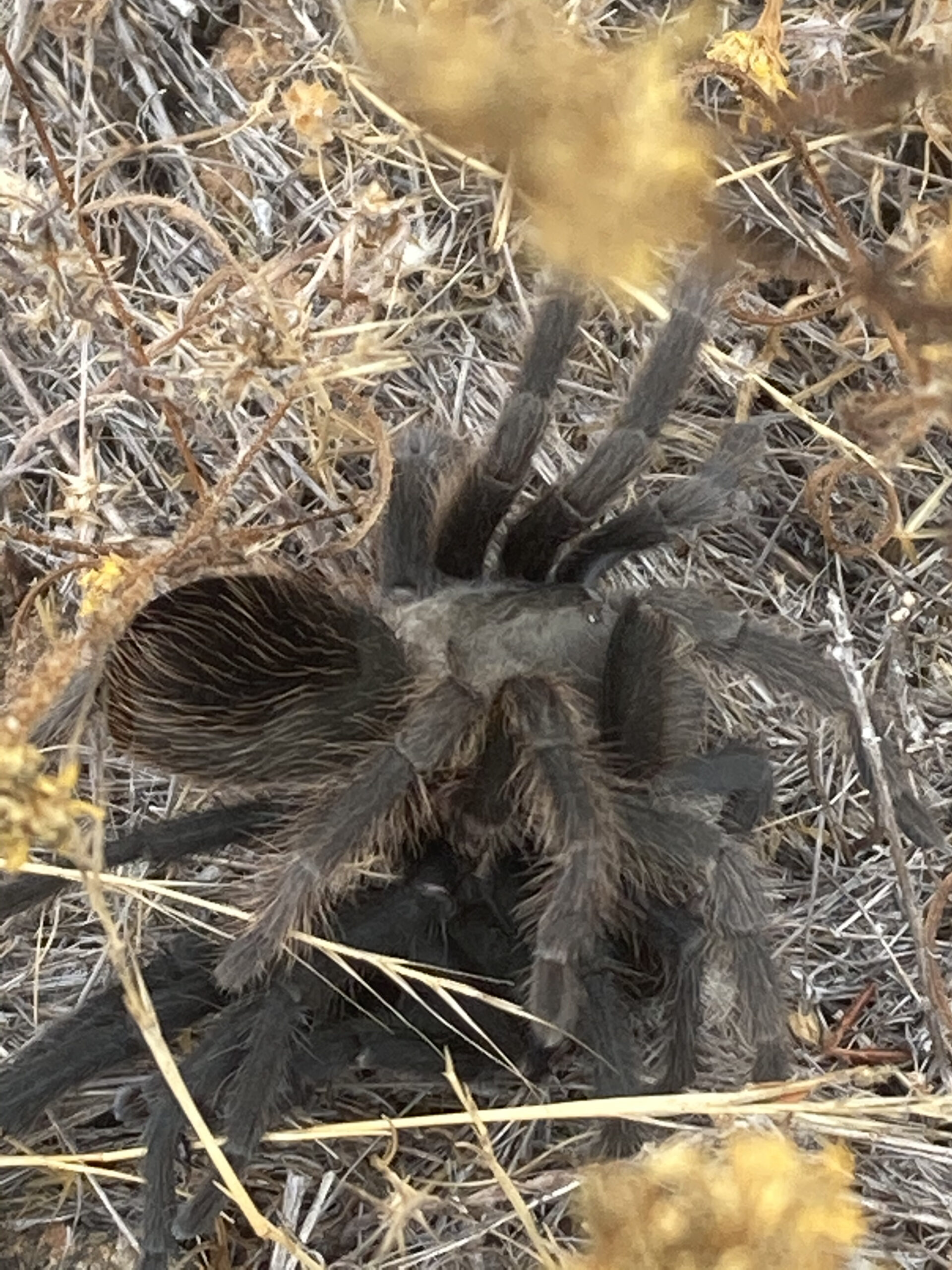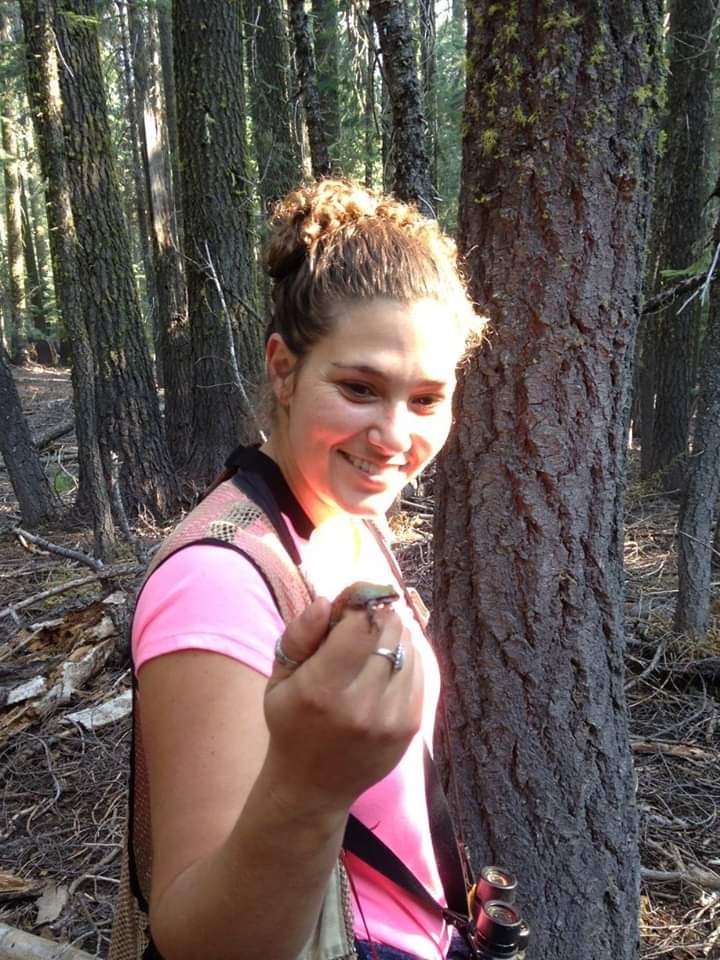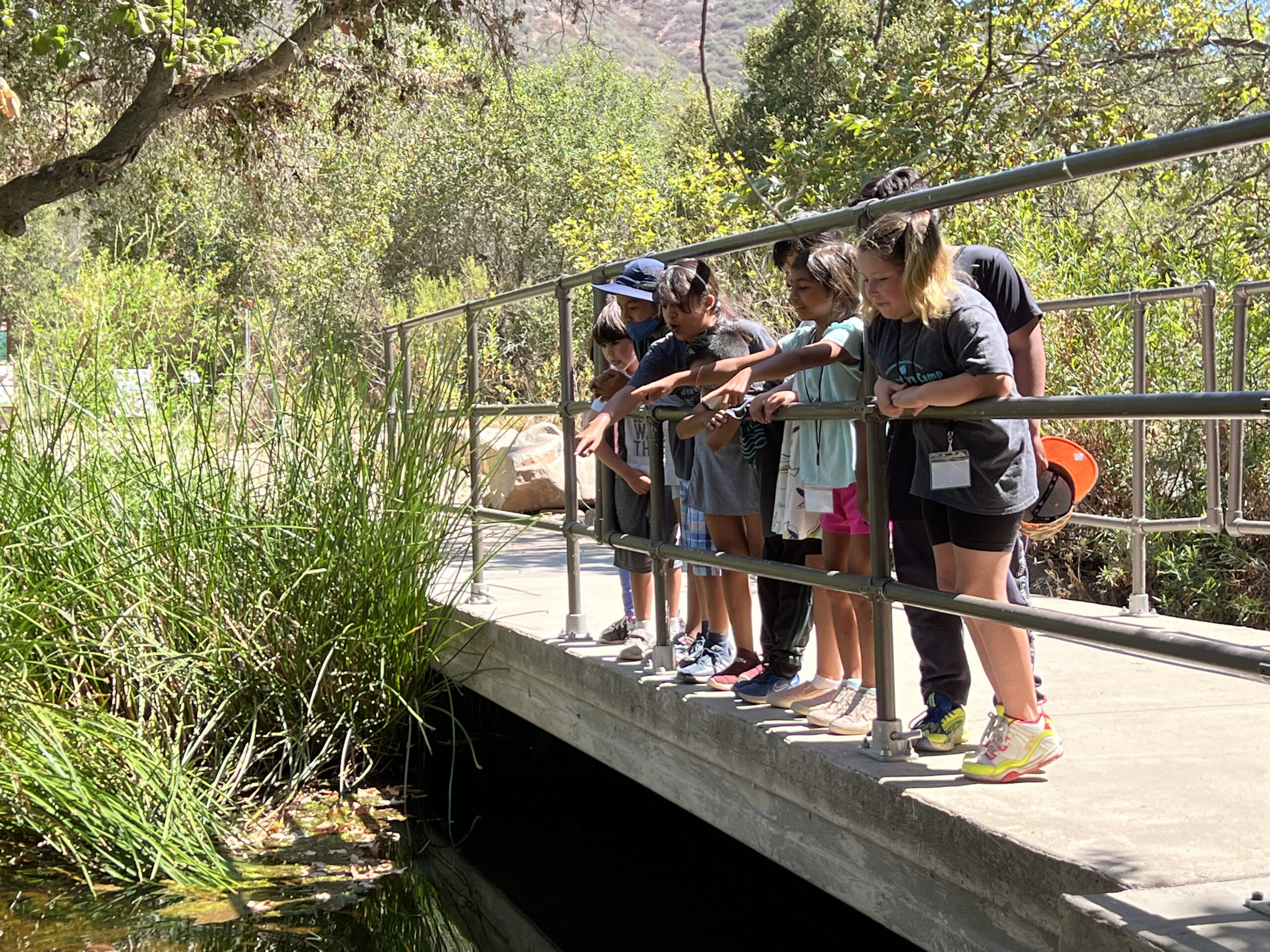
Wildfire season is here, be part of the solution
As we head into the warmer and drier months, the likelihood of wildfires occurring increases. Wildfires are extremely damaging to habitats, species and any infrastructure built within the area.
Cities close to wildlands are particularly vulnerable, as the combination of vegetation and urban infrastructure is a recipe for a fast spreading fire. Thirty percent of California’s housing being in the wildland urban interface, WUI, has led to extremely destructive fires in recent years, according to Pacific Standard.
Wildfire season is causing other negative impacts on the environment, including rising emissions of carbon dioxide being released into the atmosphere. Last year, according to the New York Times, the Copernicus Atmosphere Monitoring Service measured that California fires emitted 75 million metric tons of carbon dioxide from June to August.
Landslides are also a concern as climate change shifts throw off California’s wet and dry seasons, according to Times of San Diego. After a wildfire season, landslides can become extremely detrimental, as loose soil and burned vegetation is easily washed away by rainwater.
One of the primary causes of these fires starting and rapidly spreading is the presence of invasive species. Southern California’s foliage normally consists of coastal sage scrub and chaparral plants that have adapted to recover quickly from fires and have waxy coatings to prevent them from occurring.
In contrast, invasive species like Eucalyptus trees are extremely flammable, due to the natural oils in this plant. Similarly, non-native annual grasses’ dried tissues are ideal fire fuel in summer and fall, according to the The University of California Division of Agriculture and Natural Resources .
What can we do to stop the increased severity of wildfire season? Prevention is key when it comes to these natural disasters. Removal of invasive species is ideal to limit the spread of fires when they start. The Conservancy’s land managers are continuously working to remove flammable weeds and eucalyptus trees from our preserves.
The reintroduction of native plants known to be more resistant to fire, can help reduce the chance of fire. The Las Pilitas Nursery maintains a list of fire resistant plants https://www.laspilitas.com/
Also, it is up to us to respect and be aware of our surroundings, especially in wildland areas. San Diego County, and the state, has been experiencing extreme drought over the past several years, which dries out vegetation and soil making for ideal fire conditions.
When visiting preserves, national or state parks, avoid any flammable objects like cigarettes and lighters and remember to exercise caution when cooking. Please observe any fire bans and report any unwarranted behavior.
The reintroduction of native plants known to be more resistant to fire, can help reduce the chance of fire. The Las Pilitas Nursery maintains a list of fire resistant plants https://www.laspilitas.com/
We must continue to work together with fire agencies, other conservation partners, and the state, to address factors that affect wildfires to protect our homes and native landscapes.





